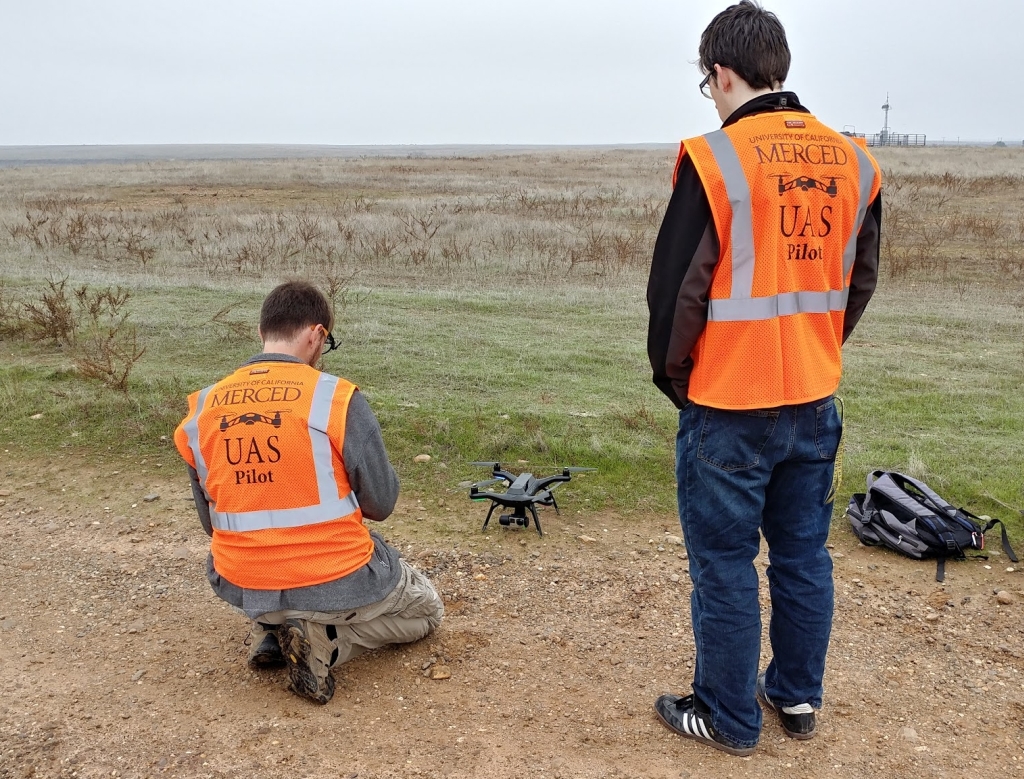5.1 Drone Safety Standards
There’s a lot of items to consider when it comes to drone safety. Here, we’ll just give a couple of standard guidance:
5.1.1 Standard Guidance
- Establish a buffer or safe-zone between the Unmanned Aircraft and any non-participating persons or sensitive locations. A good rule-of-thumb is to maintain a buffer or safe-zone of one-fourth (0.25) of the flight altitude**.
- Visual Observers and supporting ground crew should be utilized when available. Supporting ground crew should assist in ensuring safety to all non-participating persons.
- All members of the flight crew should be conspicuous and wear professional, identifying apparel such as university-branded hats, shirts or lanyards with IDs.
- High visibility reflective vests must be worn when operating near roads or in parking lots.
- When operating in fenced areas, stay within the fenced areas unless there is sufficient visibility on the other side to ensure safety to non-participants.
- Never fly in areas where drone activity is prohibited or restricted.
- Always be a good neighbor and ensure that your drone activity is not disruptive to other authorized activities.
- Pay attention to sloping terrain and trees. It is too easy to misjudge and autonomously fly into a tree.

Figure 5.2: UAS operators with high visiblity vests, UC Merced
5.1.2 Operating on Campus or other busy locations
- Utilize the UC UAS Mission Planning Template (link) to systematically develop your flight plan
- Pre-plan each flight in detail when operating in uncontrolled locations in proximity to non-participating person. Use this planning to look for potential safety issues and identify mitigating actions.
- High visibility vests are recommended when near nonparticipants or in public areas.
- Don’t rely on passive crowd control measures such as Orange cones. Supplement any portable pedestrian control equipment (cones, caution tape, signs) with ground personnel. If spectators are expected, a supporting ground crew member should be tasked with preventing spectators from distracting the RPIC with questions or comments.
- When operating near roads, a supporting ground crew member should be tasked with being located near the road to monitor traffic, and if necessary, retrieve a fallen Unmanned Aircraft before it becomes a road hazard.
- Flying above buildings and structures may minimize risk to pedestrians, but contact the facility manager to properly evaluate the potential risks. Some campus buildings are outfitted with research or communication equipment on rooftops.